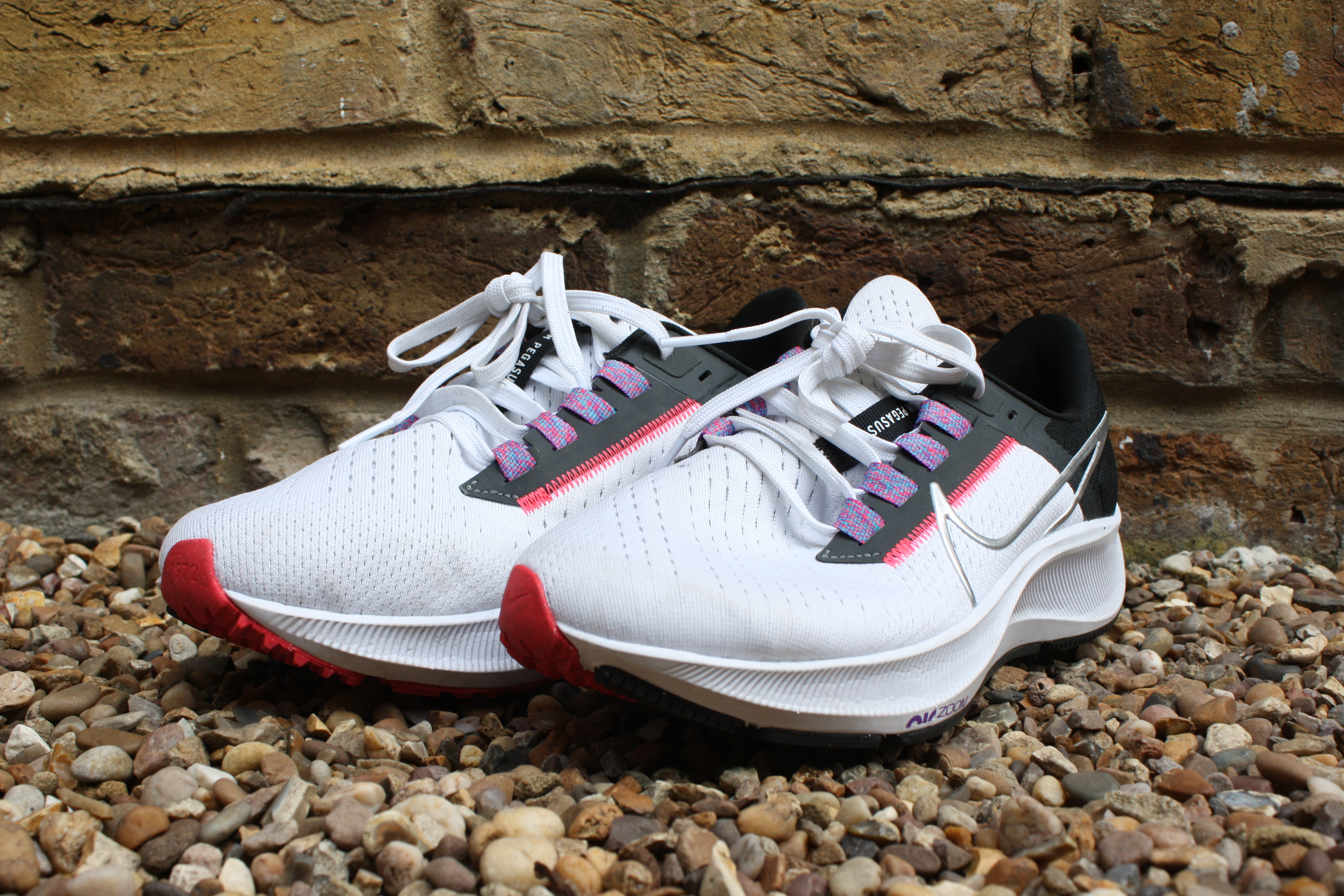How to lose weight by running
Discover all you need to know about dropping a few pounds by pulling on those sneakers and hitting the road

Let’s begin with a basic: running is a great way to lose weight. If you're looking to shed a few pounds but don’t want to break the bank with gym memberships, classes or fancy home equipment, running is the way to go — but it's only effective when combined with a proper diet and rest.
Why running?
Running is an excellent cardiovascular exercise; it also boosts your overall physical and mental health, and can help reduce your risk of developing cancer, heart disease and diabetes. It’s something you can do almost anywhere, and the numbers speak for themselves: A 2020 report from the Sport and Fitness Industry Association noted that about 50 million Americans regularly run or jog.
According to the American Council on Exercise, a person who weighs 140 pounds burns around 130 calories by running for only 10 minutes and a person who weighs 180 pounds will burn 170 calories in the same time. But it is important to remember that running alone is not the solution. It’s also vital that you eat well and get plenty of rest. What's more, people who run tend to sleep better, which means they are more likely to run again. And research has also shown that exercise boosts your self-esteem, which further increases your chances of regularly hitting the road. People who feel good about themselves often find they change their diet for the better: healthier foods aid weight loss and are better fuel for runners.
How to start off

There are a few important things to remember if you are running for the first time or returning after a long time
- Ease into it. If you try to do too much, too soon, you’ll likely lose interest or pick up the kind of injury that sets you back weeks. For some, starting off may mean going out for as little as 10 minutes, and then slowly increasing the time as the days and weeks go by. Others may be more comfortable beginning with a run/walk programme, and slowly reducing the amount of walking and increasing the amount of running. Some people find a couch to 5K program is just what they need and others use one of the best running apps on their weight-loss journey. In short, whatever works. You can also check out our guide on how to train for a 5K.
- If you are considerably overweight, you may find the weight drops fast early on, but, in general, do not expect to see dramatic results. It is a gradual process – your body has to adapt to the new demands you are placing on it – not the least of which is becoming better at burning fat for fuel – but you will see results if you persist.
- Getting out there on your own can be tough, so many newcomers like to run with someone else. This is a great way to ensure you don’t skip a session, as you won’t want to disappoint your running buddy, who will be on their own journey.
- Don’t worry if you become out of breath and have to stop in the early days and weeks. This is all perfectly normal and part of becoming a runner.
Calories out vs. calories in
If you take in more calories than you burn, your body stores the excess as fat. When you run, your body torches more calories, and so you begin to lose weight. But research has shown that to maintain weight loss, you need to find a balance between your “energy intake” (what you eat) and your “energy expenditure” (in this case, your running).
You may also have to adjust your diet to ensure you’re eating well – think whole grains, fruit, veg, nuts, beans, fish, and high-quality lean meat – and cutting down on the processed stuff, which tends to be high in sugar and salt, and packs a lot of calories. Research has shown people new to running often convince themselves they can eat more just because they are exercising, but this just means they lose less weight than expected. Don’t fall for the lure of the sugary post-run snack!
What to wear

You don’t need expensive kit to run. Pull on a top — and good-quality running bra if you’re a woman (we've found the best sports bras here) — a pair of shorts or leggings, and a pair of sneakers, and you’re good to go — literally. (Take a look at our list of the best running shoes if you don't have anything appropriate). A cotton top is not ideal, as it holds on to sweat, but it will do the job if you are just starting. Later on, you will be drawn to technical clothing, and new sneakers will be impossible to resist.
Sign up to get the BEST of Tom's Guide direct to your inbox.
Get instant access to breaking news, the hottest reviews, great deals and helpful tips.
Right now, you also don't need a hi-tech running watch, but as you become a better, more confident runner, you may want to invest in one of the best running watches. As for running with a pair of the best running headphones/earbuds, that’s entirely up to you. Some people find a podcast or a running playlist is a perfect distraction/companion; others prefer their own thoughts. Whatever your choice, always be aware of your surroundings and stay safe. Here are a few tips for running in the dark.
Have a goal
Some people need to work toward a specific goal. This can be a great motivator. Research out of the University of Oregon showed that goal-oriented people are more inclined to take part in physical activity. So, if it suits you, give yourself a weight-loss goal, but make sure it is realistic and measurable. That said, you may not have a specific target and that’s just fine, too.
What are you waiting for?
When you are trying to lose weight, those first steps are the biggest and the hardest to take, so don’t put too much pressure on yourself. Get out there: the results can be life-changing.
John is a writer and editor based in London. He was worked for magazines such as Runner’s World, Men’s Health, Women’s Health and Cosmopolitan. A keen runner, what he lacks in ability he makes up for with enthusiasm and excuses.

